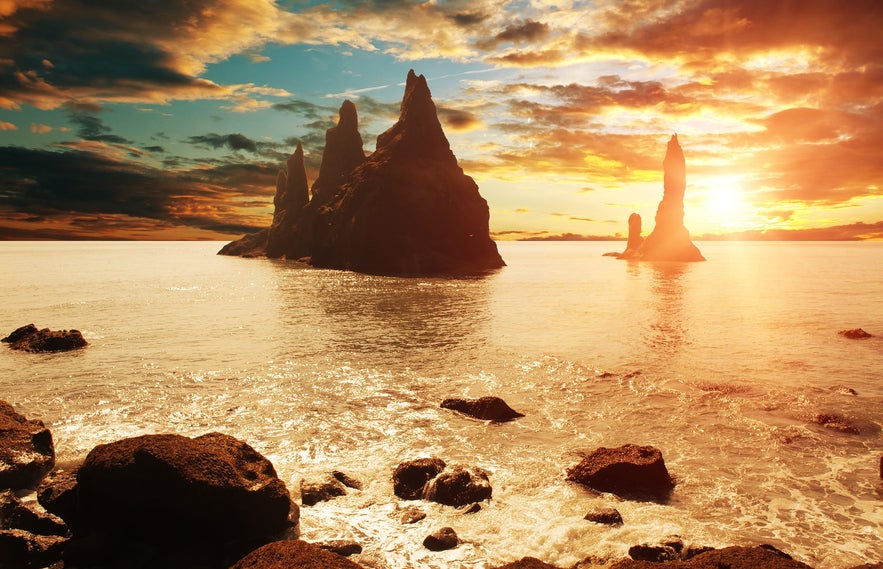
Folklore in Iceland

Since the first Norse settlers reached the island, Icelanders have told fantastic tales of their strange encounters with the many peculiar supernatural beings with which they share the land. From the extraordinary Lyngbakur—a fishermen-eating whale giant that disguises himself as an island—to the trolls of day and night, Icelandic folklore is riddled with countless tales of fantastic spirits that reflect the unique natural landscapes in which they reside.
- Find out everything you need to know about the History of Reykjavík
- Read about The History of Iceland
During the long dark winter nights of old, storytelling was the chief form of Icelandic entertainment, with each region fostering its very own bulk of tales and legends that were passed down from generation to generation throughout the centuries.
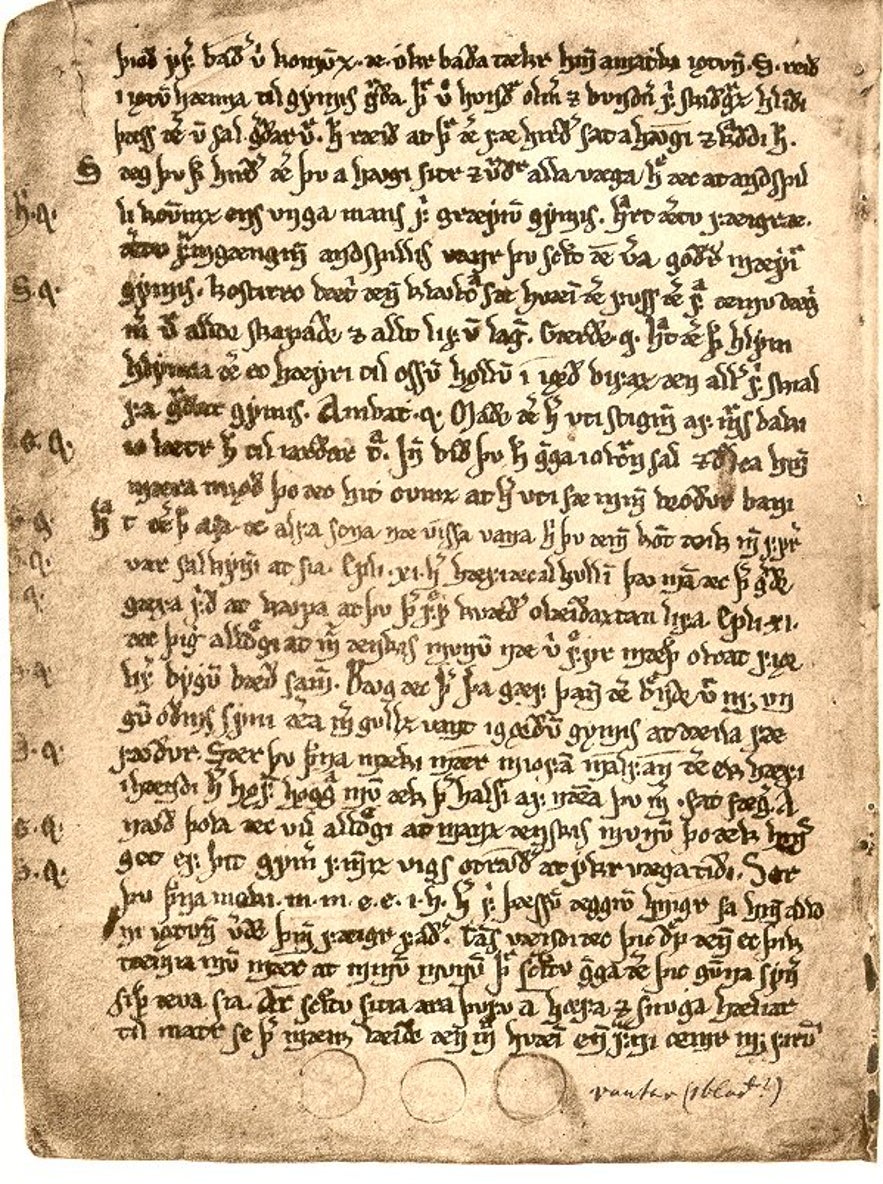 Photo from Wikimedia, Creative Commons, by Haukurth. No edits made.
Photo from Wikimedia, Creative Commons, by Haukurth. No edits made.
But these peculiar accounts, which have been recorded and collected from as early as the 12th century, were not mere instruments of pastime activity; they reflect the harsh and distinct natural environment in which Icelander's struggled to survive and served as educational tools that taught our children how to live in an unforgiving wilderness while nurturing in them a sense of things too subtle for the human eye to register.
The stories of antiquity are allegorical accounts that teach their audience to respect both the spirits of the land, and the natural environment in which they reside, where earthquakes, volcanos, and extreme weather conditions constantly pose a very real and tangible threat.
- See also Witchcraft in Iceland
Elves in Iceland
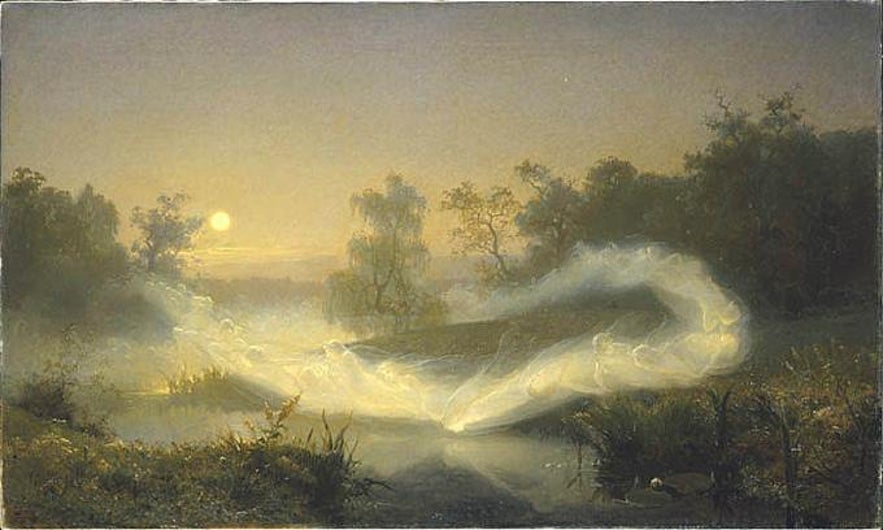
Elves appear frequently in Northern European and Germanic mythology where they are generally described as beautiful and subtle eternal beings who are in possession of great powers. The Icelandic elves, however, are their own species.
Commonly referred to as Huldufólk (hidden people), the elves of Iceland live in enchanted rocks and cliffs where they lead lives that are very similar to those lead by humans; they keep livestock, cut hay, row fishing boats, pick berries and go to church on Sundays.
Despite these resemblances—or perhaps precisely because of them—the hidden people prefer to be left alone and usually remain invisible, only allowing themselves to be seen in particular situations and at specific times like New Year’s Eve and Midsummer’s Night.
Hidden people are known to be extremely protective of their homes and will cause great harm to those who disturb them. In fact, countless episodes that reflect the fiercely territorial elfin nature have been thoroughly documented and building projects in Iceland are frequently altered to avoid causing damage to enchanted rocks and cliffs in which hidden people have made their home.
The most recent incident occurred in 2015 when a new road was to be laid through an enchanted spot in the lava field of Gálgahraun. After many failed attempts, where heavy machinery had continually broken down for no apparent reason and numerous workers had suffered freak accidents, the construction company was forced to move the road so that it would bypass the elfin community completely.
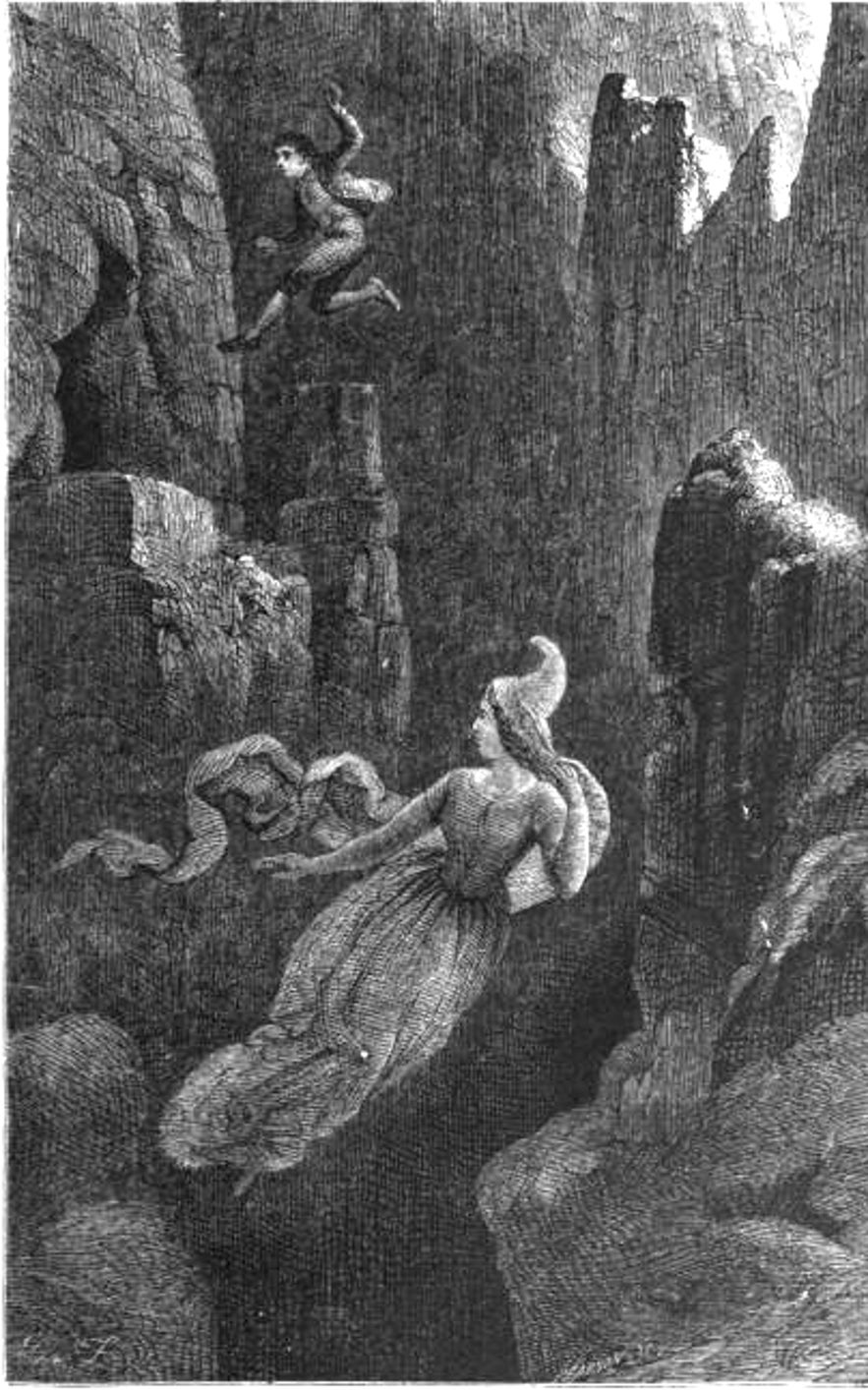
Needless to say, most Icelanders firmly believe in the existence of elves and recent polls have shown that more than 55% of the nation subscribes to such a belief in one way or another. These statistics might, however, be influenced by the fact that denying the existence of elves is believed to bring about a lifetime of extremely bad luck.
Trolls in Iceland
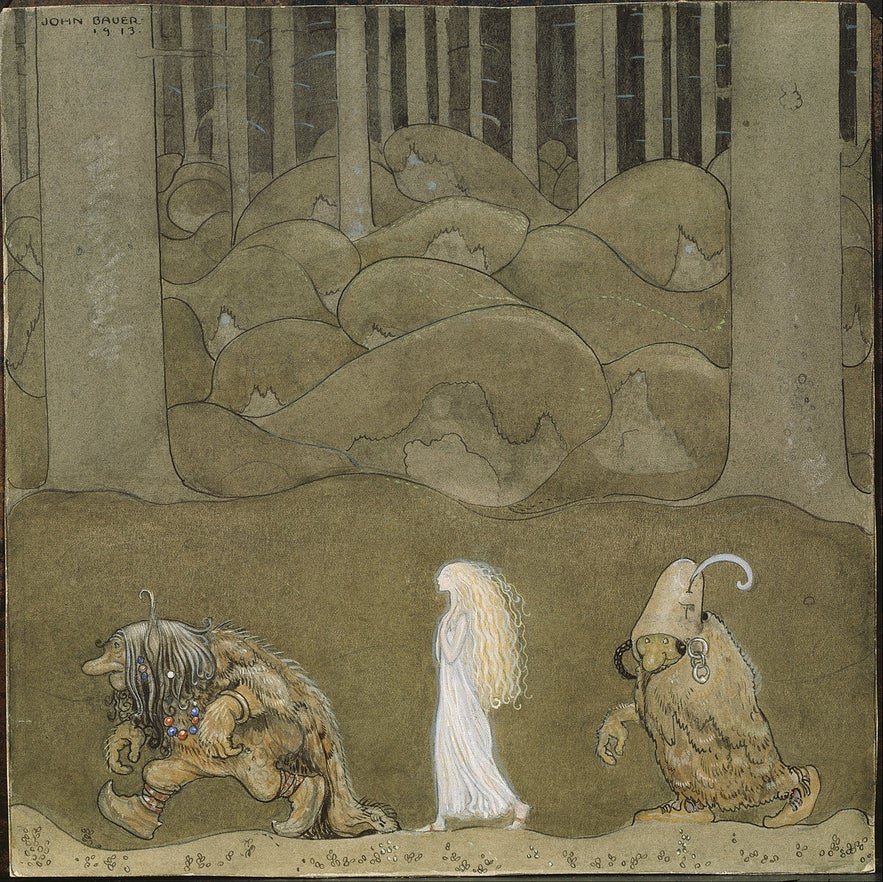 Photo from Wikimedia, Creative Commons, by John Bauer. No edits made.
Photo from Wikimedia, Creative Commons, by John Bauer. No edits made.
Habitually described as big, stupid and greedy—but sometimes kind and wise—the trolls of day and night occupy an immense portion of Icelandic folklore. Like elves, trolls become enraged when one does them harm, but one can expect to be richly rewarded when helping a troll in need.
Although they are in general not considered as appealing as their elfin counterparts, trolls are just as capable of extraordinary magical feats and are known to cast terrible spells and enchantments—but do to their low intelligence, humans can usually free themselves of their enchantments quite easily.
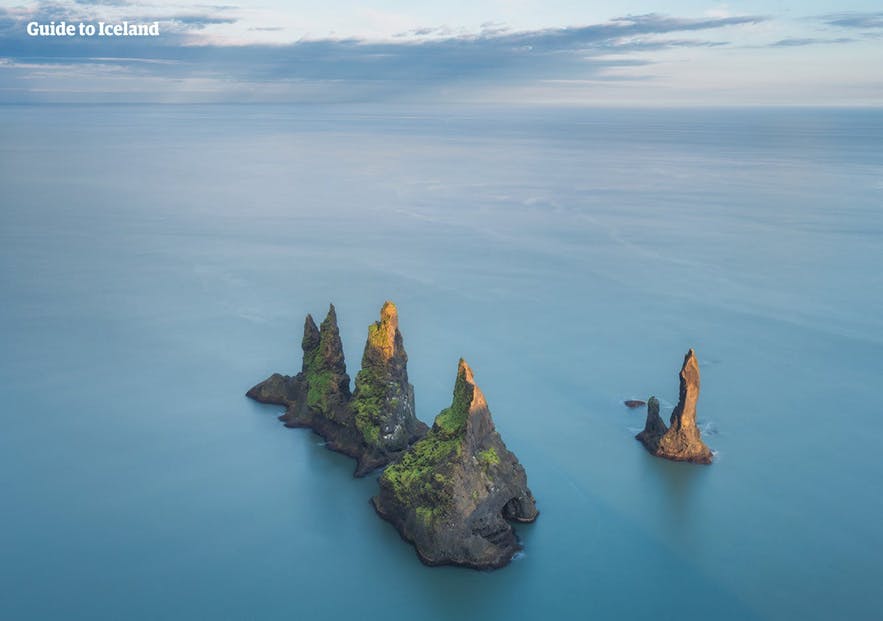
Icelandic trolls live in rocky mountains, deep in the uninhabitable Icelandic highlands. They like the taste of flesh and are known to lure unsuspecting humans into their caves with spells, magic potions or simply by taking them captive. And since trolls are known to steal and eat misbehaving children, troll stories often serve the purpose of keeping mischievous children at bay.
Most trolls can only travel by night and will turn to stone as soon as they are hit by sunlight. Many magnificent Icelandic rock formations are said to be the petrified remnants of trolls who suffered the harsh fate of the sun and derive their names directly from such accounts, for example, West Iceland's Skessuhorn (Troll Woman's Peak) and Tröllaskarð (Troll's Pass) in North Iceland.
According to legend, the three titanic rocks off the beach of Reynisfjara, are the petrified remains of careless trolls who were hit by the light of day while unsuccessfully trying to drag a three-masted ship to land; and the Hvítserkur cliff of the Vatnsnes Peninsula in northwest Iceland is said to be a troll that turned to stone after spending too much time tearing down the bells of the Þingeyraklaustur monastery.
The Yule Lads of Iceland
The coming of the Yule Lads marks the start of the Christmas season in Iceland. These thirteen brothers, who are direct descendants of trolls, live in dark deep caves in the mountains along with their ogre parents—their mother Grýla and their father Leppalúði—and the child-devouring Yule Cat.
Originally, the Yule Lads were criminal pranksters who took turns sneaking into rural communities where they stole, pestered and plundered, and each had a descriptive name that reflected his favorite form of mischief; "Door Slammer" liked to slam doors during the dark of night, "Sausage-Swiper" would hide in the rafters where he snatched smoked sausages, and "Candle-Stealer" stole candles, which in those days were made of edible tallow.
Today, however, the Yule Lads have turned over a new leaf and have taken up the traditional role of Santa Claus. Each of the thirteen nights before Christmas Eve, one of the thirteen Yule Lads leaves either treats or rotten potatoes in the shoes placed by children in window sills, depending on the child's behaviour throughout the year.
Their mother Grýla, however, has not been willing to go through this transition and still has a habit of stealing and eating disobedient children, along with the Yule Cat who feeds on children who do not get new clothes for Christmas.
- See also Christmas and New Year's Eve in Iceland.
Ghosts in Iceland
Icelandic ghosts make for a large and assorted group that is generally divided into three sub-categories; people that return from death on their own, zombies who are awakened with magical spells, and extremely malevolent "followers" that haunt a particular person or specific families.
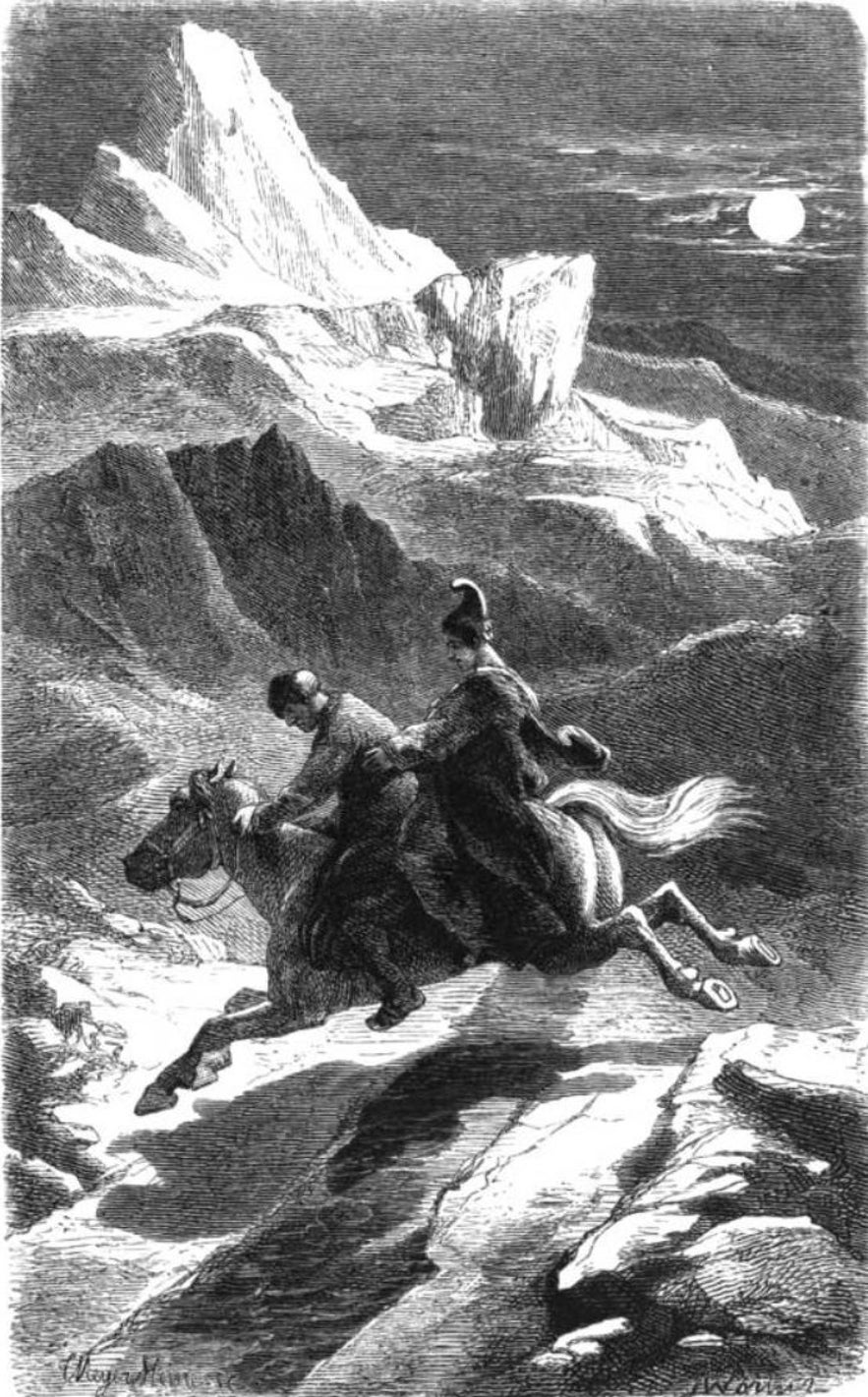
A ghost's appearance depends on the area in which its human form was conceived, its cause of death and the reason why it still roams the earth. Ghosts of drowned men are usually seen wearing damp sea wear, those who have risen from the grave generally wear a white shroud, and ghosts of children that were left out to die are cloaked in their nursing blankets.
Ghosts are believed to be lost souls that cannot find their way to the realms of the afterlife. Their entrapment on earth is sometimes caused by the intensive mourning of loved ones, unfinished business on earth, but in most cases, ghosts are the spirits of greedy people who are still attached to their earthly belongings.
The Ghost Center in Stokkseyri is a museum that is devoted to Icelandic ghosts. Visitors pass through an enormous ghost-maze where they experience ghost-stories in a recreation of the environment in which they originally took place. The museum also offers guided tours for groups through the lowlands south of Selfoss, where countless ghosts, spirits, and other elementary beings are resident.
The Land Wights of Iceland
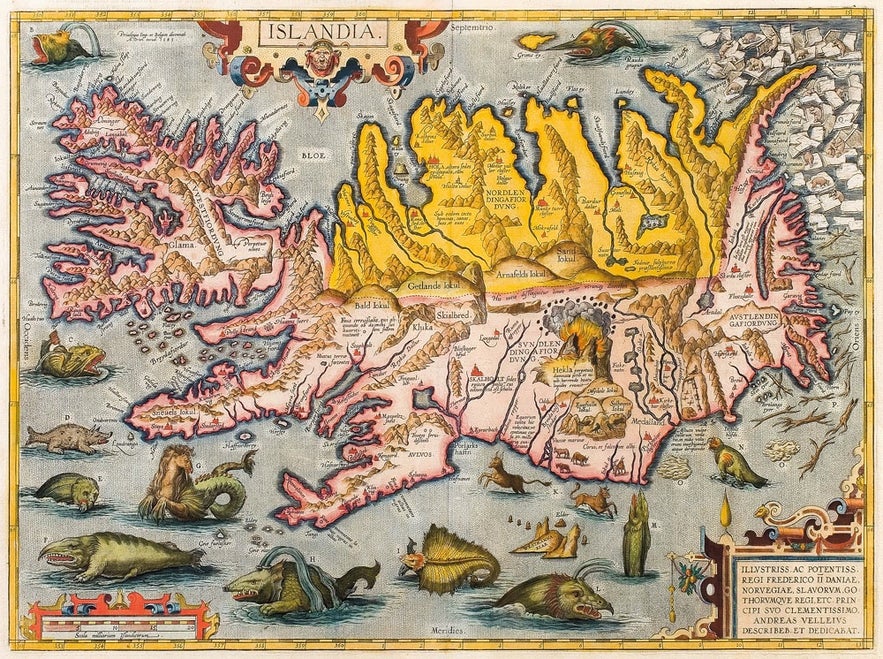
In the Heimskringla saga of King Olaf Tryggvason, it is written that when the devious King Harald Bluetooth was plotting to invade Iceland, he had a sorcerer take the form of a terrible whale who was to locate the island’s points of vulnerability. But each of the four times the whale-sorcerer attempted to go ashore, a magnificent spirit of the land forced him out to sea again. These four spirits, known as Land Wights, are Iceland's guardians.
First, the king's wizard-whale attempted to land in the Eastern Fjords where he was challenged by a dragon so fierce, that the ocean burned under its breath and each flap of its wings was the clapping of thunder. The dragon was companied by terrible snakes, lizards, and slithering spirits and upon seeing them, the trembling whale-wizard retreated back into the depths of the undersea.
 Photo from Wikimedia, Creative Commons, from Edda. No edits made.
Photo from Wikimedia, Creative Commons, from Edda. No edits made.
The wizard resurfaced North of Iceland and next, he attempted to land in the fjord of Eyjafjörður, where a griffin soared from the skies with a wingspan so great that it stretched between the highest mountains. The griffin was followed by countless birds with razor talons and beaks like battle axes and again the king's wizard-whale was forced to retreat.
The wizard next attempted to land in the western fjord of Breiðafjörður, where he was met by an enormous bull; its horns of bronze were lowered towards the ground, its hide was as hard as stone, its body as solid as the earth and the mountains trembled under its bellowing. And yet again the wizard was forced to retreat.
In his fourth and final effort, the now terrified wizard attempted to land on the Reykjanes peninsula, where he was met by a giant so tall that his head was higher than the hill-tops. The giant held an iron staff and was escorted by a great army of titans who sent the whale-wizard cowering back out to sea again, ultimately rendering the King Harald Bluetooth's efforts futile.
The dragon of the east, the griffin of the north, the bull of the west, and the mountain giant of the south are the protectors of Iceland, each guarding a quarter of its own. To this day these four land wights are deeply respected and are found on the Icelandic coat of arms and on the obverse of the Icelandic króna coins, where they protect and promote the flourishing of the land and each of its spiritual and physical creatures.
Altri articoli rilevanti
La vigilia di Capodanno in Islanda
Com'è la vigilia di Capodanno in Islanda? E a Reykjavík? Cosa rende il Capodanno in Islanda così speciale? Dove si tengono i migliori veglioni di San Silvestro a Reykjavik? Dai una risposta a ques...Leggi altro
Gli Yule Lads islandesi e Gryla | I troll di Natale in Islanda
Chi sono gli Yule Lads islandesi? Chi si festeggia in Islanda a Natale se non Babbo Natale? Che ruolo ha la gigantessa Gryla nel folklore natalizio islandese e chi è il gatto di Natale? Continua a l...Leggi altroLocation cinematografiche in Islanda: la lista completa
Quali film internazionali sono stati girati in Islanda? Perché i produttori di Hollywood scelgono di girare in Islanda? Scoprilo con il nostro elenco completo dei film internazionali girati nel pae...Leggi altro

Scarica il più grande mercato di viaggi in Islanda sul telefono per gestire l'intero viaggio da un unico posto
Scansiona questo codice QR con la fotocamera del telefono e premi il link che compare per avere sempre in tasca il più grande mercato di viaggi in Islanda. Inserisci il numero di telefono o l'indirizzo e-mail per ricevere un SMS o un'e-mail con il link per il download.
